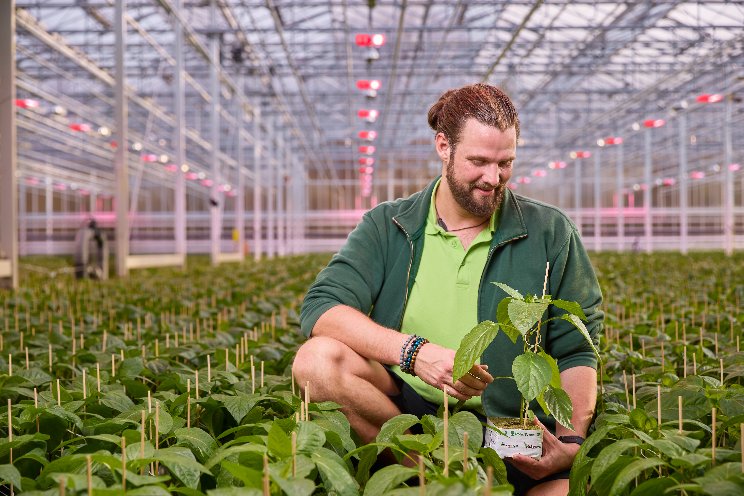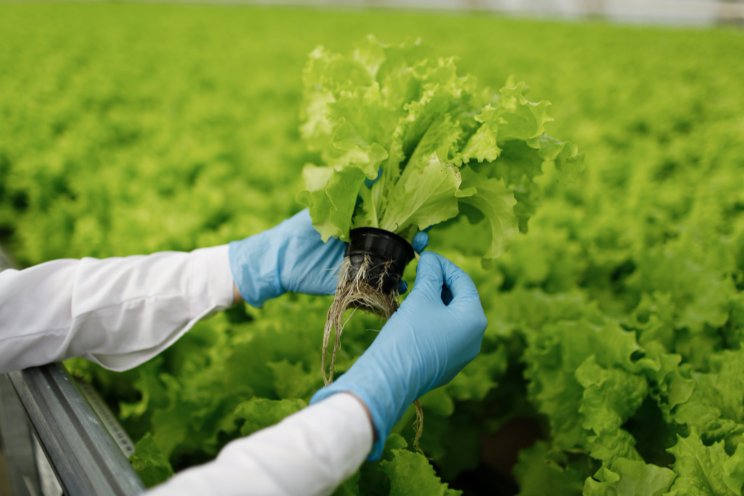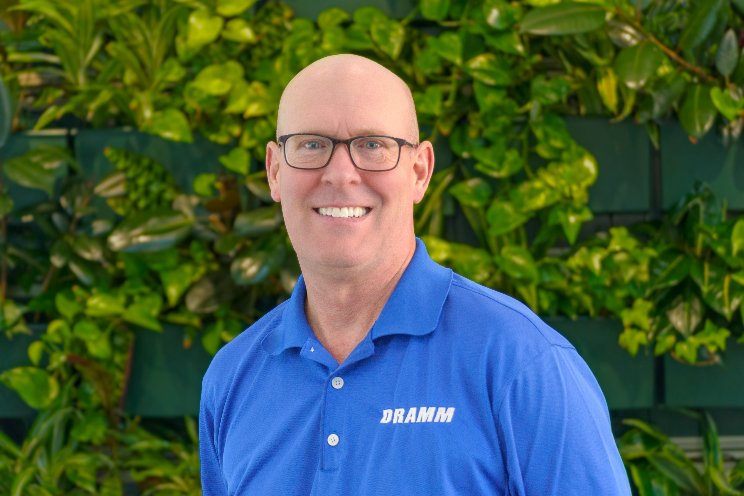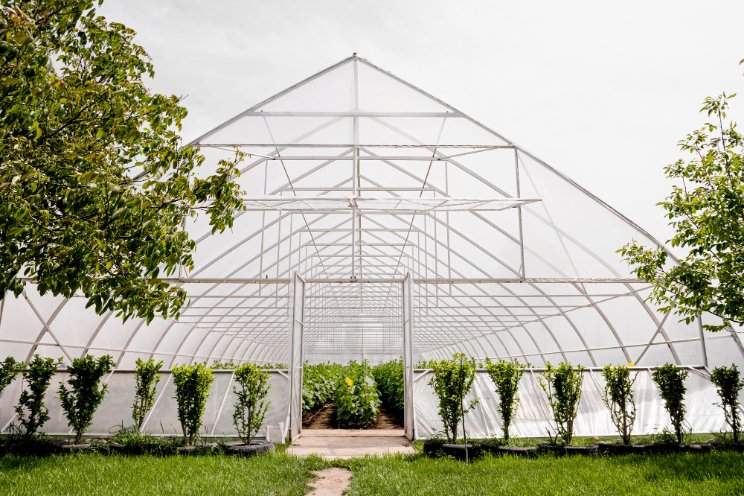Reasons to invest or not invest in a VF
Added on 07 March 2023
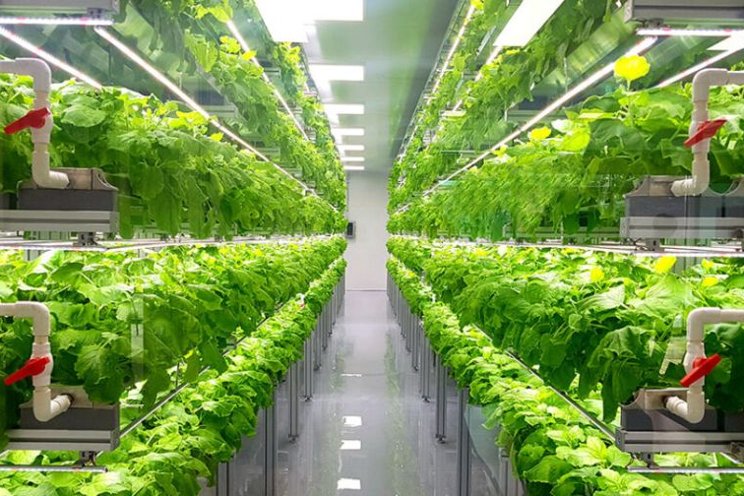
For a few years it seemed like investment in agricultural technology could not be stopped. According to the AgFunder Investment Report, in 2021 $51.7 billion was invested in AgriFood technologies, up 85% from the previous year; and an increase of $10.1 billion from 2017.
So Why Are Vertical Farms Struggling?
Factors like inflation, increased cost of materials, and supply chain slow downs are negatively affecting the viability of these operations. People are making less, spending less, and saving more.
Boons and busts are also not atypical for new industries. When new technologies rapidly advance there is usually a point, when the market gets saturated, and the savvy, and sometimes often luckier, businesses take the reins. In general, most startups don’t last more than a few years, and vertical farming can be both competitive and expensive to get off the ground.
Not all technology backed agricultural businesses are faring poorly however. In fact, Plenty, a San Francisco based Vertical Farm, is valued at well over $1 billion and growing.
With all the volatility of this new industry, when does vertical farming make sense and when does it not? Let’s take a look at the pros and cons of vertical farms, and when alternatives, such as greenhouses, might make a lot more “cents”.
Photo: Ceres Greenhouse Solutions
More news
